The legendary Olympus Mju II and the much more affordable Canon MC in a direct comparison. Two small cameras in two different price leagues – can the Canon MC compete?
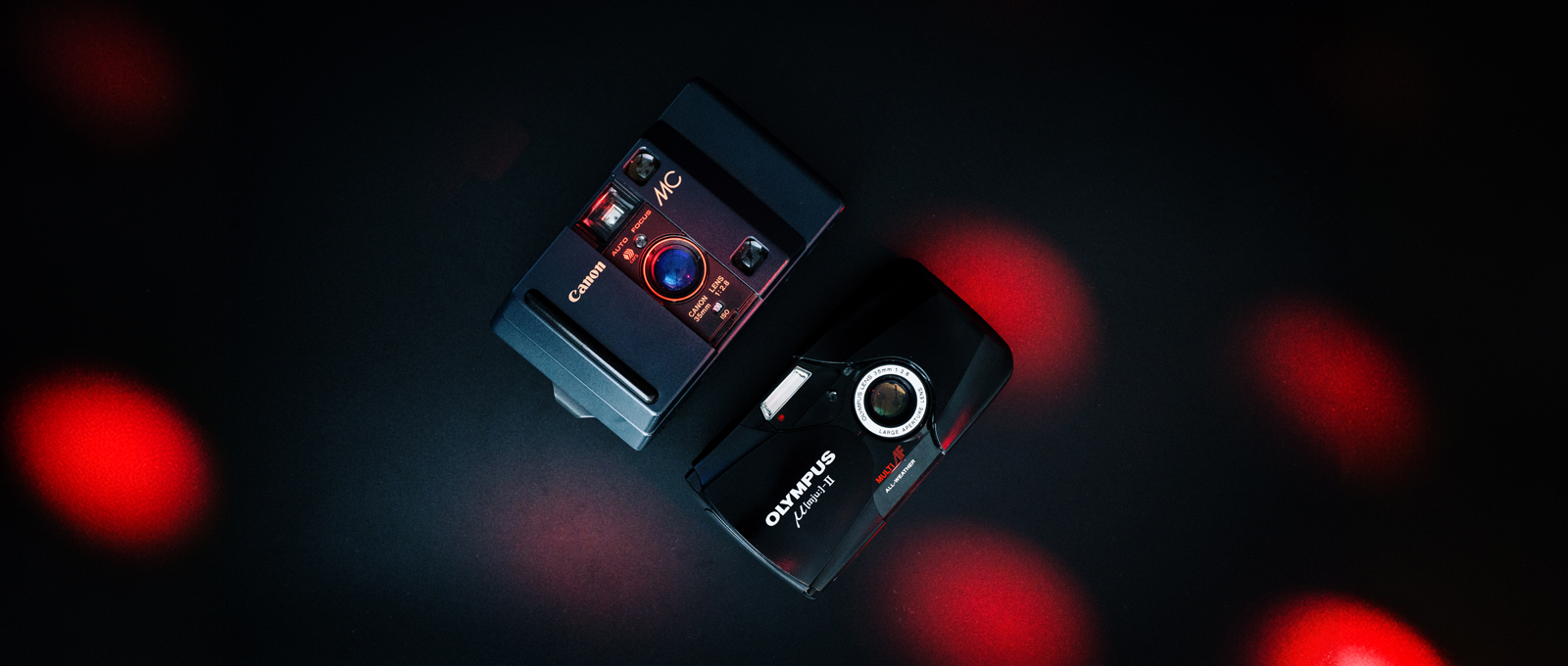
Compact Point and Shoots – Olympus Mju II VS Canon MC
Recently I took a closer look at two quite bulky cameras from the eighties. Despite being marketed as compact point-and-shoot cameras, they failed to live up to the “compact” aspect. Intrigued by the opposite end of the size spectrum, I decided to repeat the experiment involving two smaller cameras: the iconic Olympus Mju II from the 1990s and the relatively obscure Canon MC from the mid-1980s.
The most glaring difference is the price point: while the Canon MC usually sells for around 40-50$ the Olympus Mju II is notorious for its insane prices: It regularly sells close to the 300 dollar mark! That is more than its original retail price back in the day, even if adjusted for inflation.
To gain a better understanding of their performance in real-world situations and see if you can justify the price difference, I went on a photo walk, capturing images from the same vantage point using both cameras.
The results of this experiment proved to be quite surprising. Noteworthy, both cameras fit into a single fanny pack. A comfort that their big ancestors certainly miss.
General
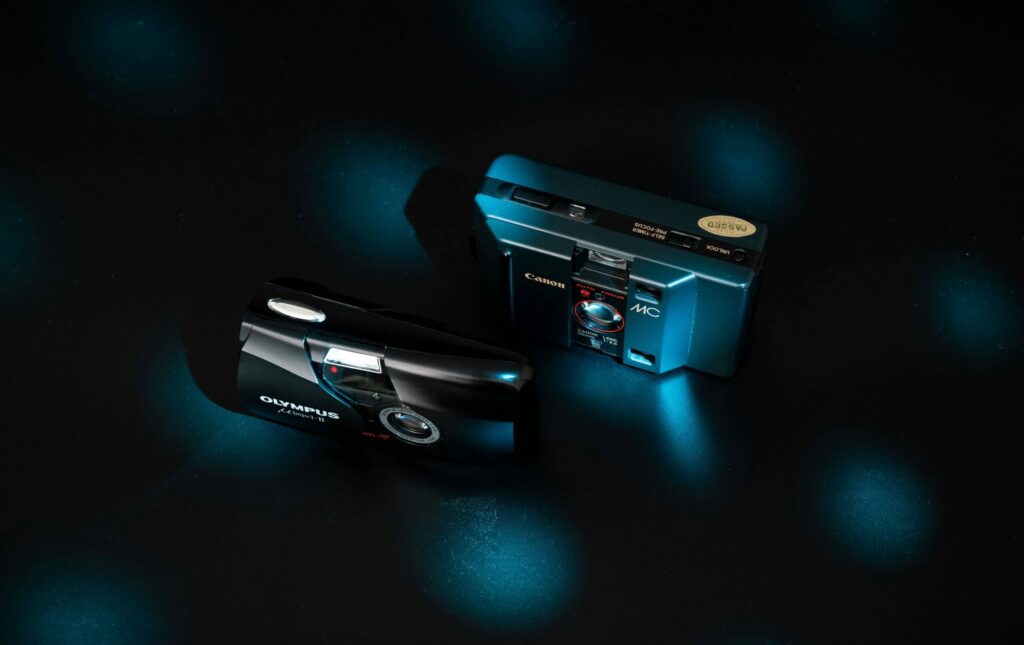
As mentioned earlier, both cameras belong to the point-and-shoot category, making them inherently similar. The Olympus Mju II, known for its exceptional lens and compact size, has gained a cult following and tends to come with a hefty price tag.
On the other hand, the Canon MC, although less popular, surprised me as it publicly receives criticism for being unreliable and prone to breaking, as mentioned in this review. However, I personally did not encounter any such issues. In fact, I found all two of my Canon MC cameras to be well-made and sturdy. They performed flawlessly, exposing the entire film accurately, and the focus and exposure were spot-on.
The key takeaway here is that reliability can be a concern with any old film camera, particularly point-and-shoot models. Some of them may fail unexpectedly, regardless of the brand or prestige associated with the model. Therefore, it’s important to enjoy these cameras while they last and remain attentive when making a purchase, keeping an eye out for any potential issues.
Form Factor
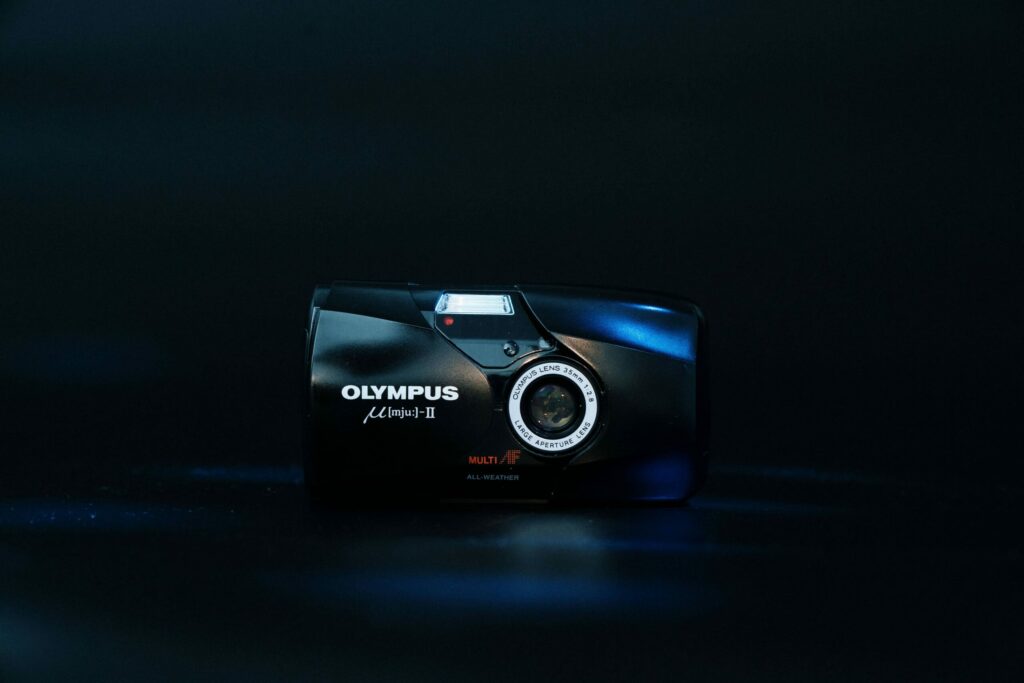
Both cameras share a compact form factor and feature a slide-open design. The Olympus Mju II resembles a small computer mouse and is just slightly larger than the 35mm film cartridge it takes.
The Canon is quite small in size too, but it’s less streamlined and more bulky in comparison. There’s a noticeable difference in weight as well, with the Canon weighing 315g grams and the Olympus being feather-light at 135g grams. The Mju II easily slips into any pocket, whether it’s in your jeans or jacket, while the Canon prefers looser and larger pockets.
Both cameras fit comfortably inside a fanny pack, leaving some extra space for additional film or a wallet. While the Mju II is more convenient to carry, I personally found the Canon easier to grip compared to the Mju II with its smooth surface. It’s worth noting that the Mju II includes a built-in flash, whereas the Canon requires a clip-on attachment for flash functionality, which makes the camera bulkier.
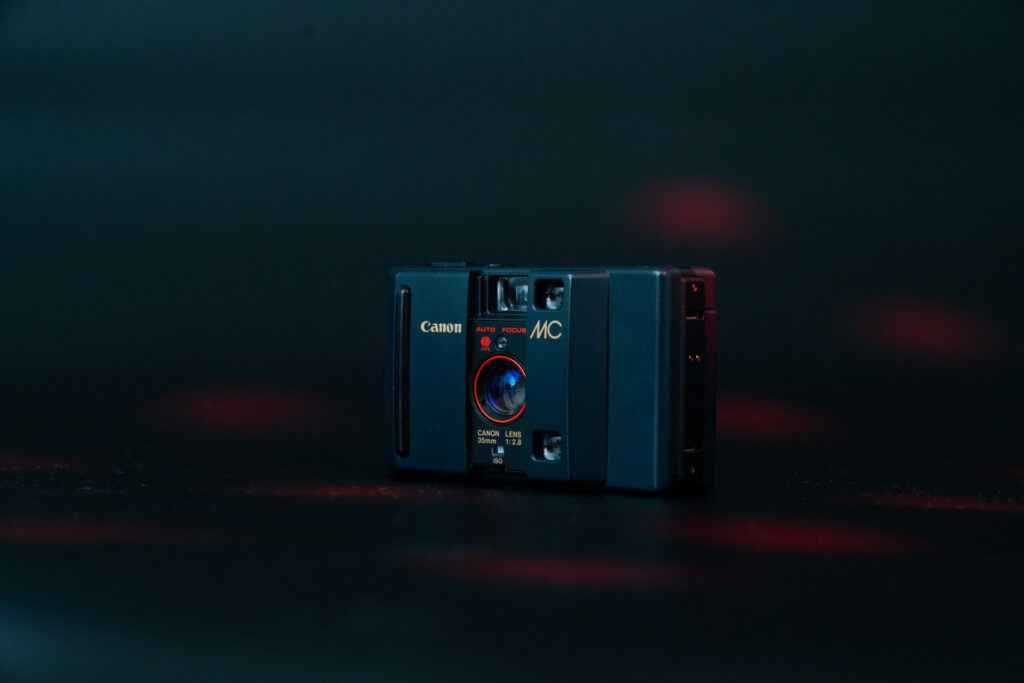
Personally, I prefer turning off the flash since I mostly shoot daylight, but you need the clip-on flash for the Canon if you intend to do a lot of low-light or party photography.
Build Quality
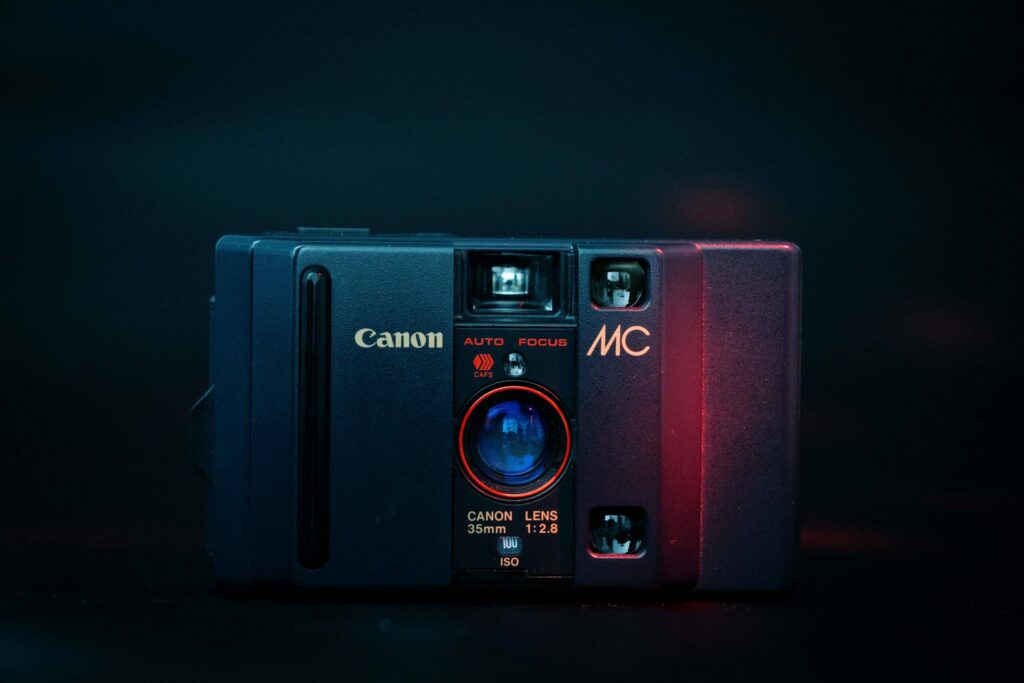
Assessing the build quality of older cameras can be challenging, as any flaws observed may be limited to the specific unit being tested. However, the overall impression tends to be relatively universal. In this regard, the Canon MC stood out as noticeably more robust, partially due to its weight. While the Mju II has a more compact size, it felt somewhat cheap in comparison. The plastic body of the Mju II is smooth and prone to scratches, giving it a less premium feel than one would thing considering its price tag.
On the other hand, the Canon has a rougher surface texture, and the sliding mechanism to reveal the lens felt more tactile and sturdy. However robust the Canon may seem – unlike the Mju II it is not weathersealed. The Olympus Mju II is said to be splash water proof but I never dared to try it due to fear of deteriorated weather sealing 1.

Furthermore, both cameras have unique and distinctive designs. The Canon MC exudes a cyberpunk-ish aesthetic I really enjoy, while the Olympus Mju II showcases a streamlined appearance reminiscent of a computer mouse.
Features & Ease of Use
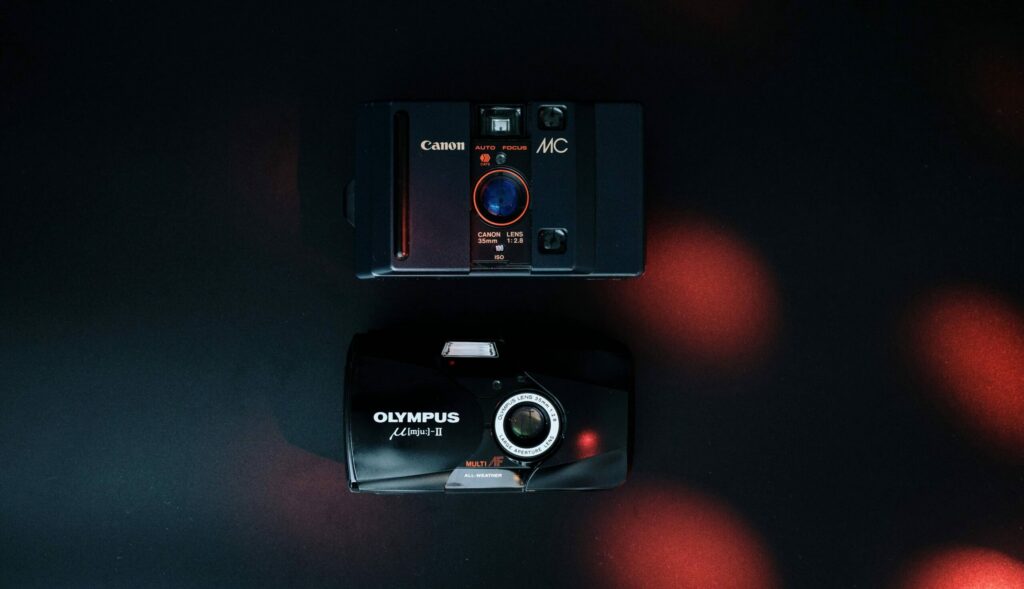
Undoubtedly, the Olympus Mju II holds a significant advantage over the Canon in terms of usability and features. This is expected, considering the Mju II was released a decade after the Canon MC.
The Mju II offers convenient half-press focusing, whereas the Canon requires a more complicated and unintuitive pre-focus routine using its self-timer slider 2.
In terms of ISO selection, the Mju II automatically reads the ISO speed through the DX-Code on the film cartridge, while the Canon requires manual adjustment using a dial. Some photographers may prefer the manual ISO selection on the Canon, as it allows for shooting at different speeds than the box speed. It’s worth noting that the Canon MC has a maximum ISO setting of 1000, while the Mju II supports film speeds up to 3200 ISO.
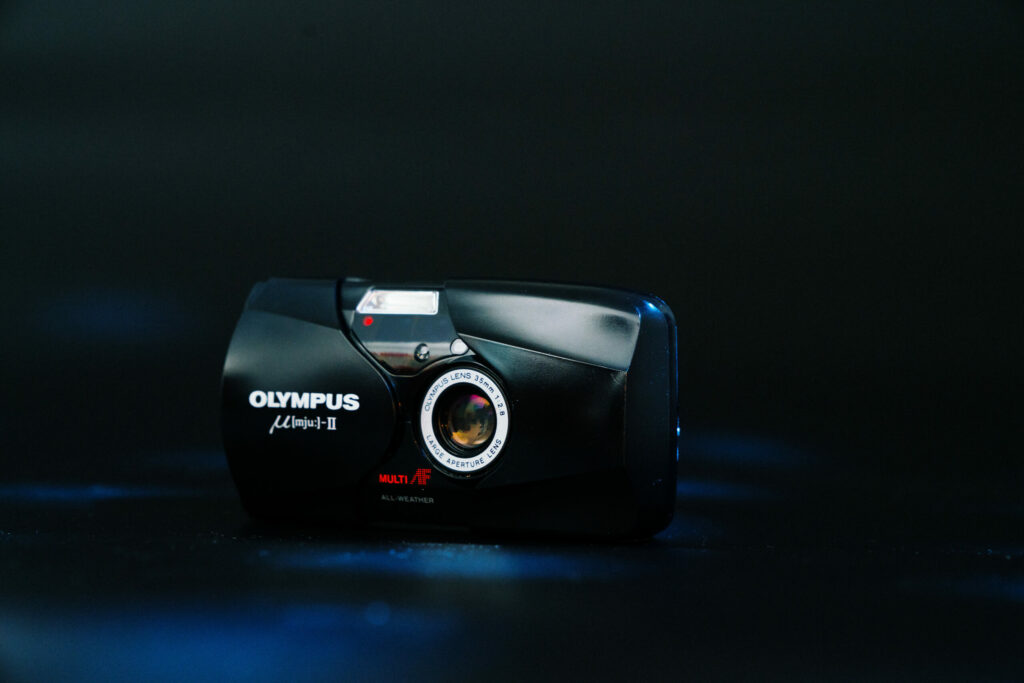
Another difference is the built-in flash on the Mju II, which the Canon lacks. While the Mju II offers more versatility in this regard, personally, I prefer the flashless Canon since I rarely shoot with flash. However, it’s important to mention that with the Mju II, I have to remember to turn off the flash using its somewhat flimsy buttons every time I power it on – otherwise it uses it very frequently as fill-in flash or in situations where it is not really needed which drains the quite expensive batteries.
Talking about batteries – the Canon MC takes common AAA batteries which are sold at every store. The Mju II needs the more obscure CR123A batteries which you will not find at any gas station.
Lens & Focus

Both cameras are equipped with a fantastic 35mm F2.8 lens built-in, consisting of 4 lenses in 4 groups. This lens configuration ensures excellent image quality and performance for both cameras. However, there is a notable difference in their focusing capabilities. Surprisingly, the image comparison reveals a different story: the Canon MC seems to have a longer focal length compared to the Mju II.
The Mju II has the advantage of being able to focus significantly closer, with a minimum focusing distance of 0.35m. This closer focusing ability expands the shooting options available, allowing for more creative and detailed close-up shots. On the other hand, the Canon MC has a minimum focusing distance of 0.9m, which limits its close-up shooting capabilities in comparison.
Image Quality
As mentioned above, the image quality of premium Point & Shoot cameras is very similar. Just how similar they are can be seen in those comparison shots. These were taken handheld in roughly the same spot at the same time – both cameras using the same film (Kodak Ultramaxx 400). I think the Canon MC might have a slightly longer focal length than the Mju II as I did not step while taking these photos but the Canon is always ‘closer’.
Both films were developed by the same lab and scanned in a single day with the same setup (Sony A7R III + Sony 90mm F2.8 and 96+ CRI Aperture 120dII) and digitized in Negative Lab Pro + Adobe Lightroom. Color correction / White Balance might differ slightly. No sharpening used.
!Do not focus too much on subtle color differences, these will always defer on a per roll basis and can easily be ‘fixed’ through simple color correction.
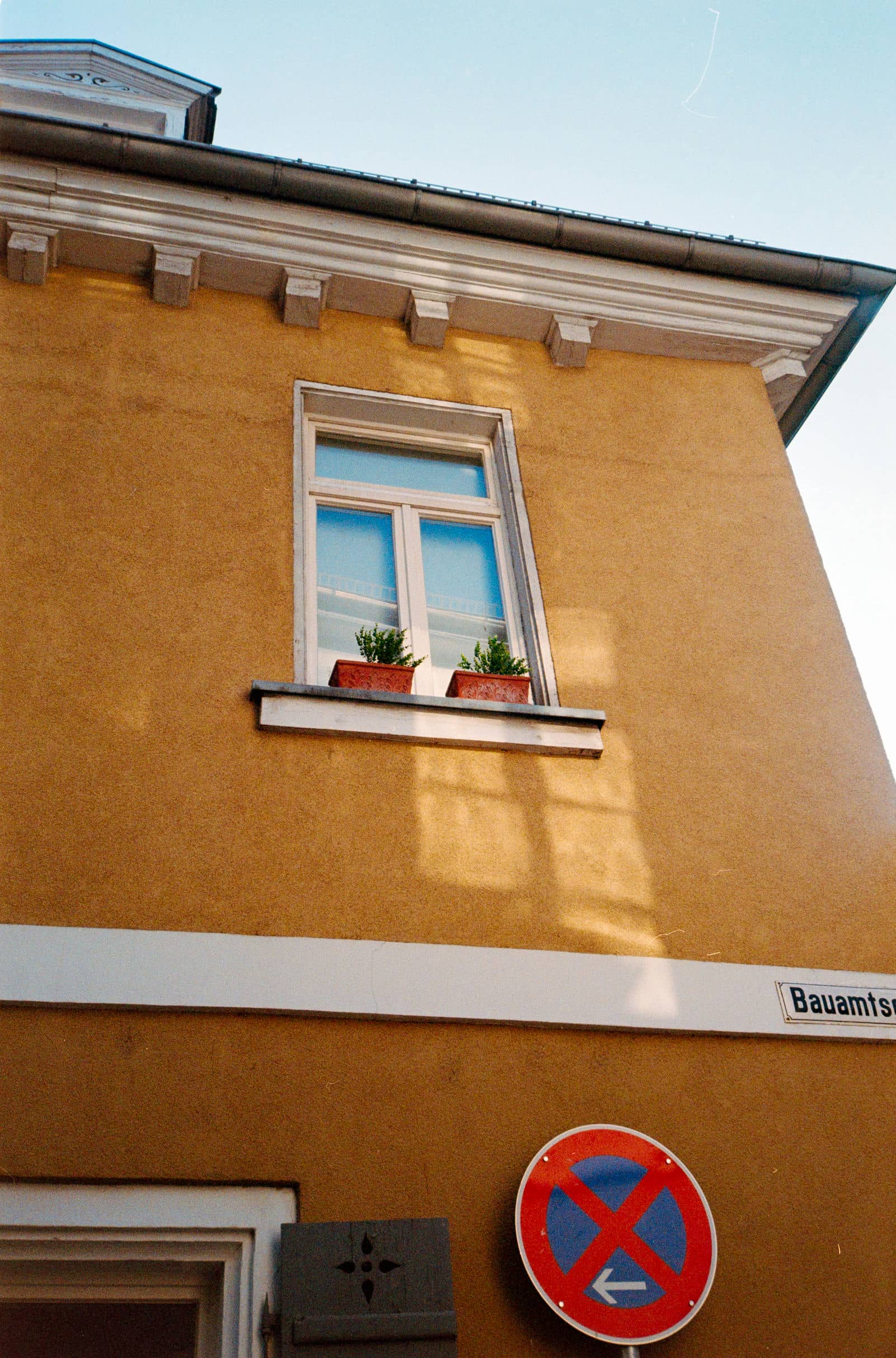
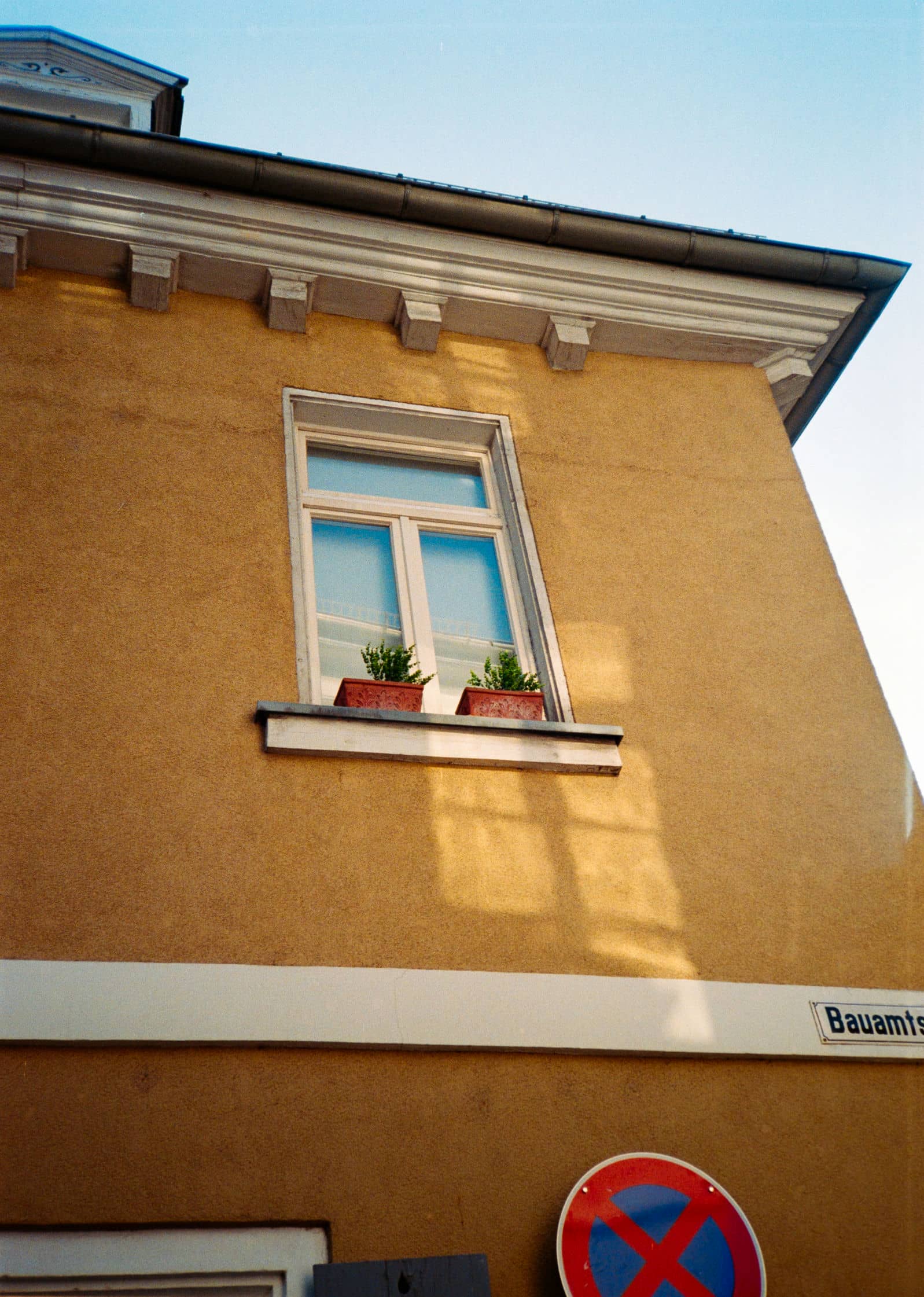
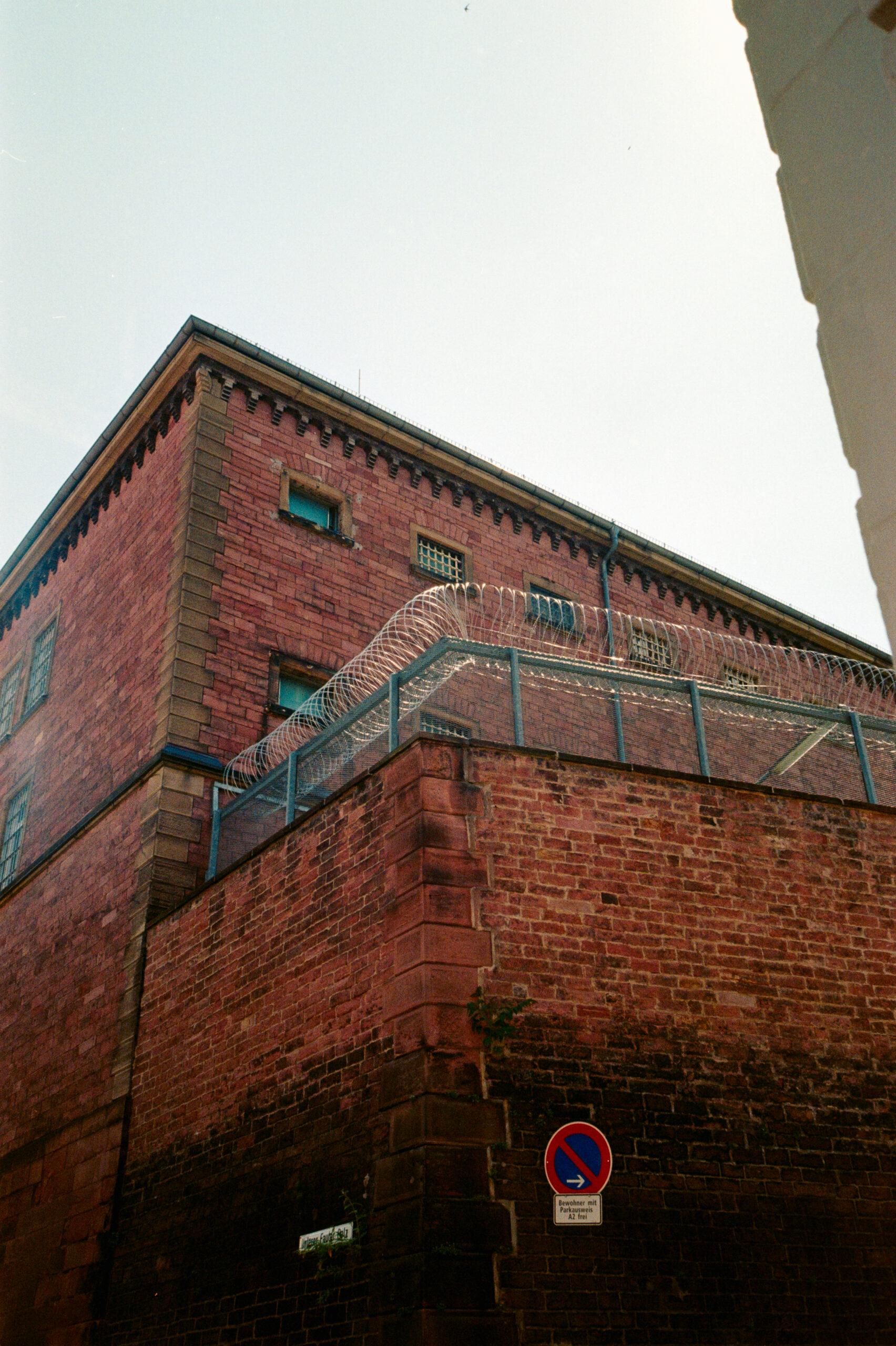
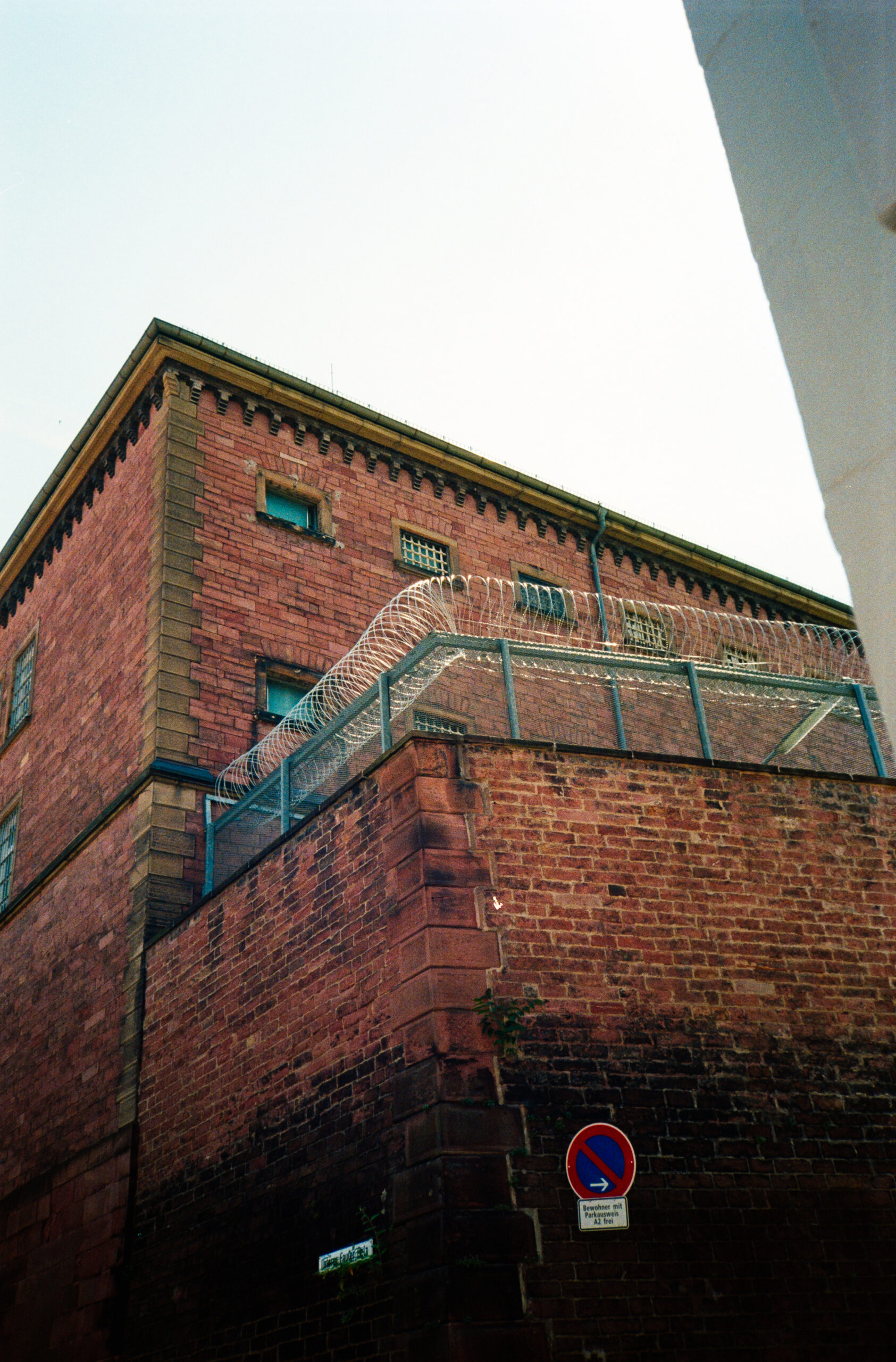
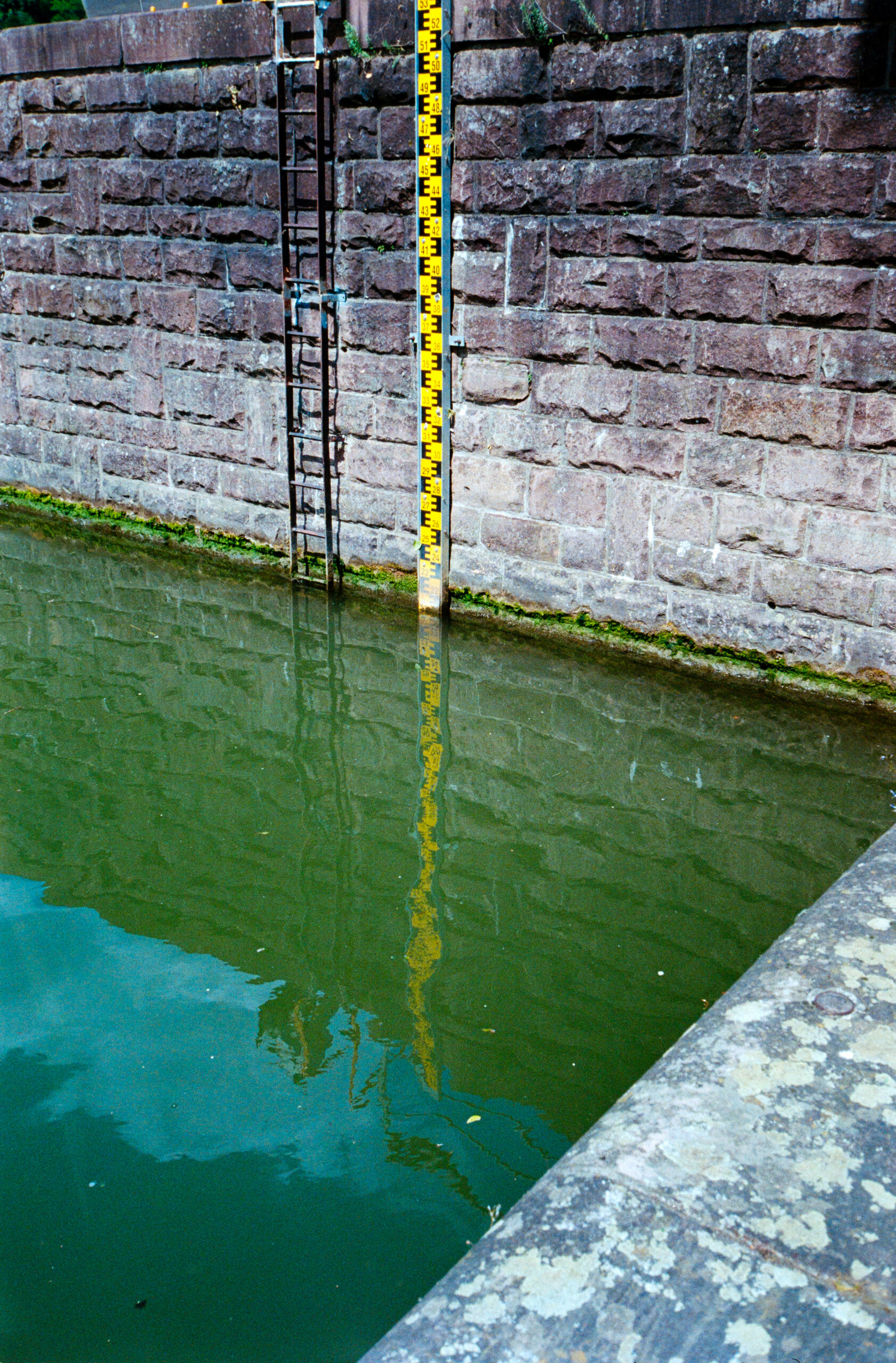
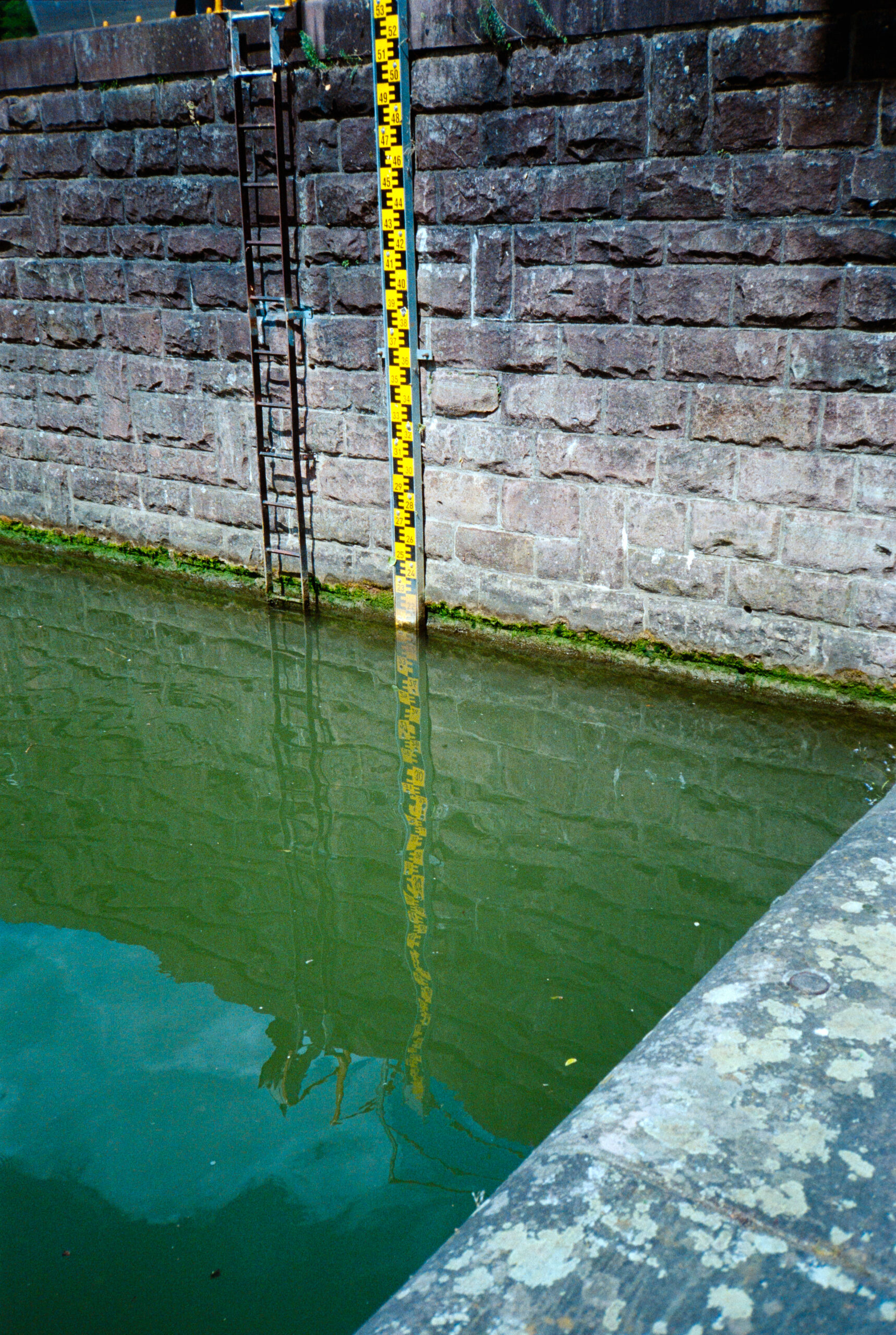
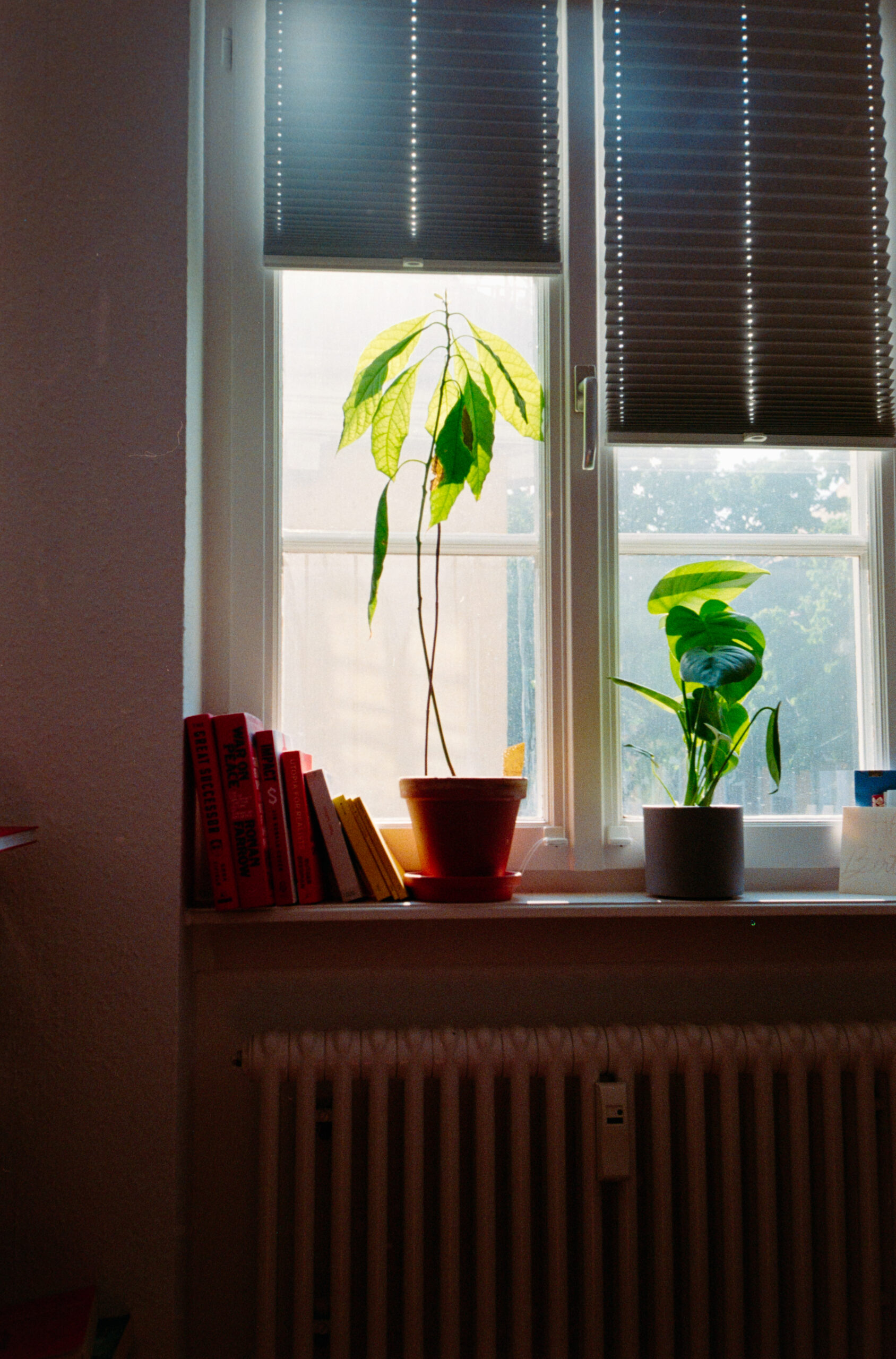
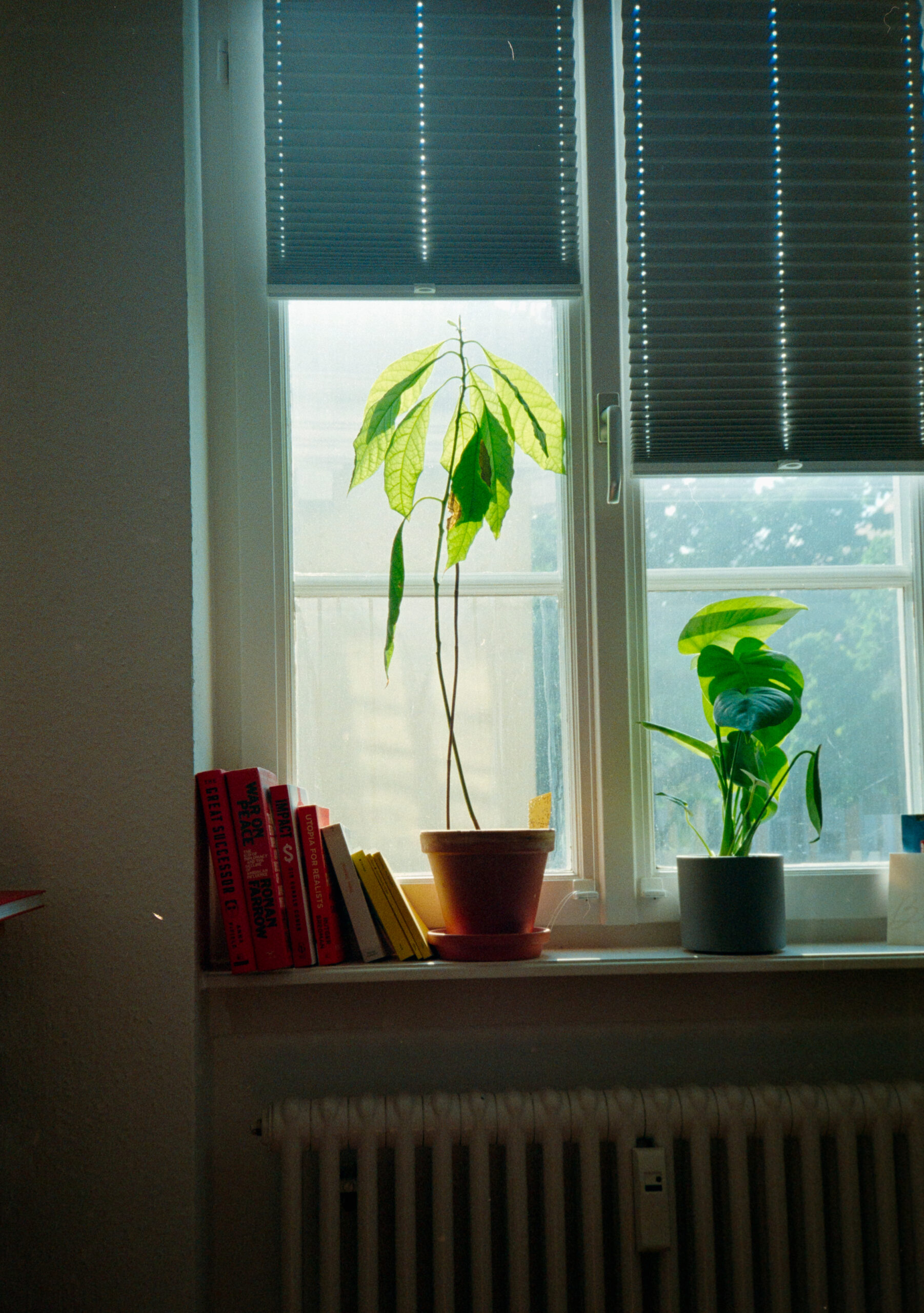
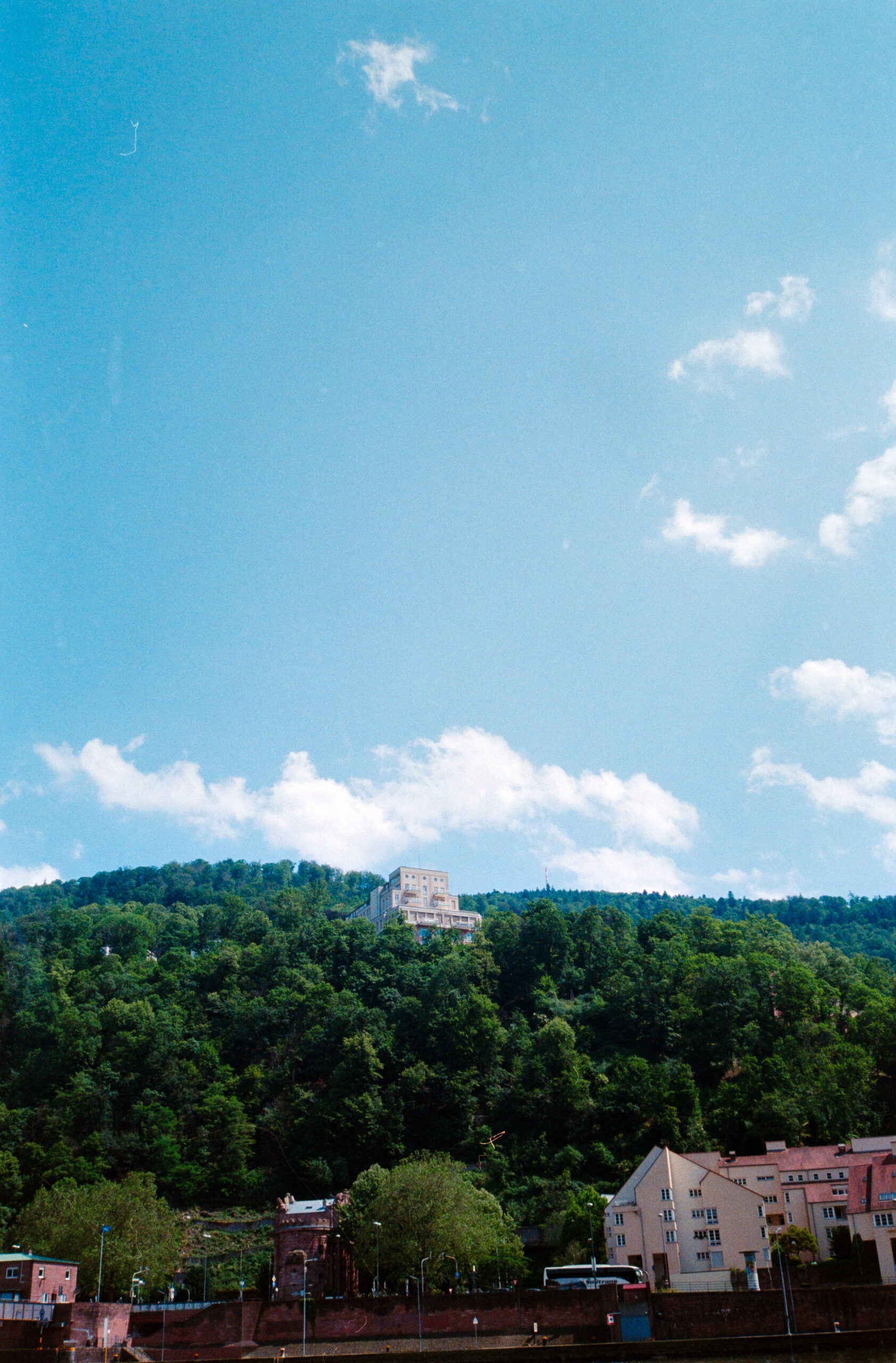
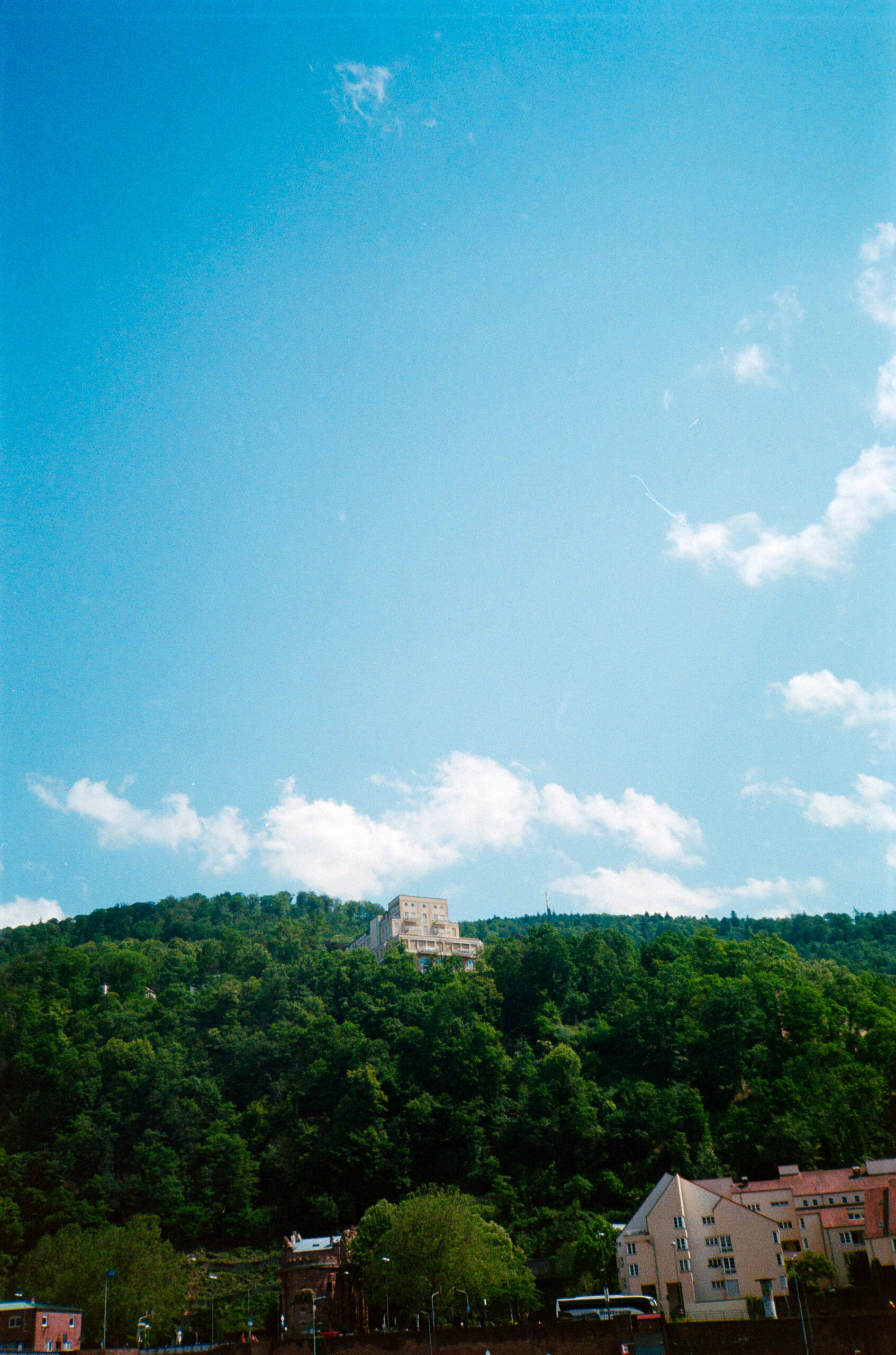

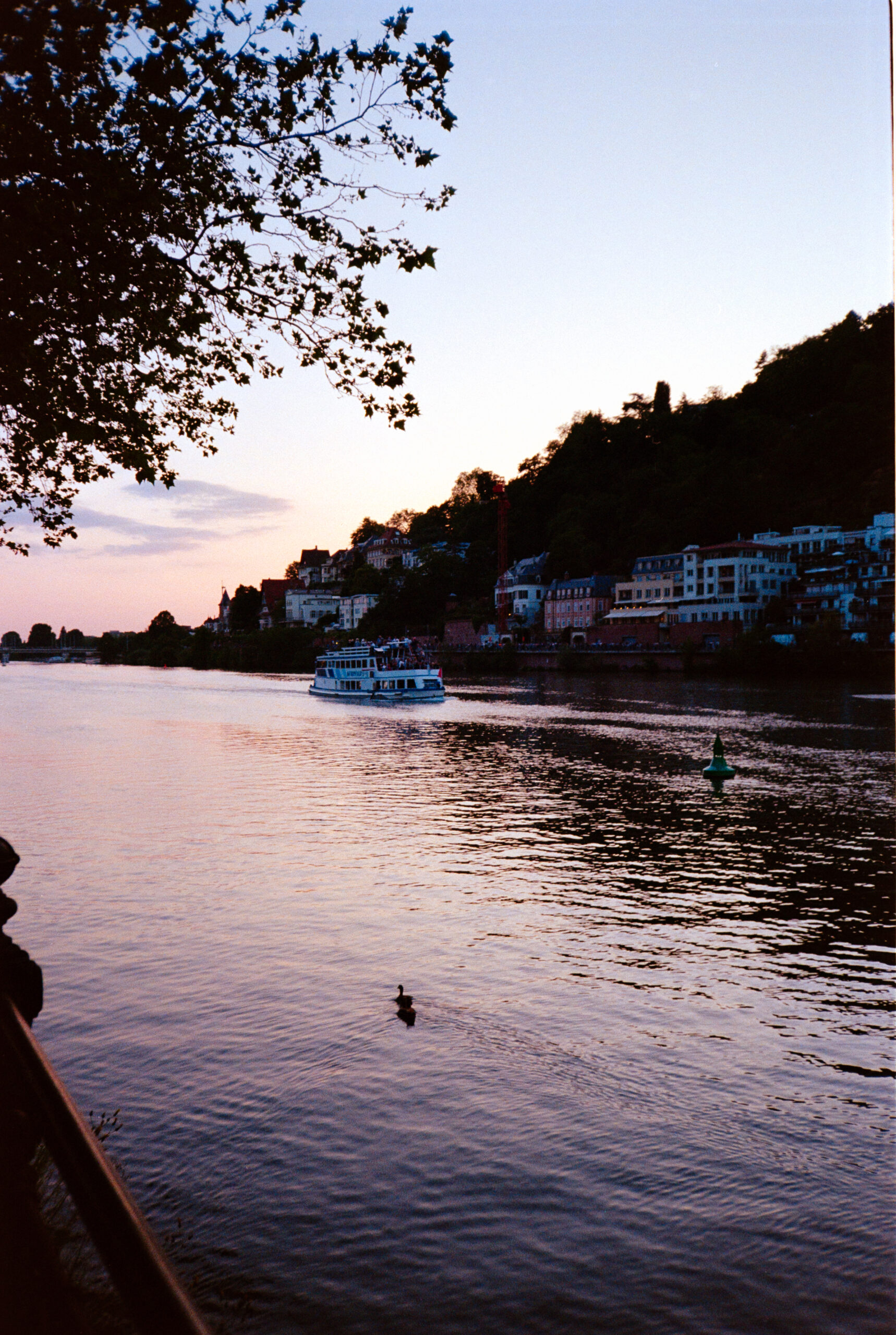
Conclusion
Given the premise it was predictable that the results were going to be close. However, it is still surprising just how similar both cameras perform. Except from the slight difference in focal length the images are nearly identical.
The Olympus Mju II has a few more comfort features (inbuilt flash, prefocus, closer focus distance) but if you are looking for a cheap compact Point & Shoot to carry, the Canon MC might just be the better choice given the insane price difference.
I prefer the Olympus for trips because it is smaller and lighter – but the Canon is still a great choice especially since I personally think the Canon looks a bit cooler 🙂
- Olympus Mju II original ad : https://archive.org/details/NewsUK1997UKEnglish/Dec%2013%201997%2C%20The%20Times%2C%20%2366072%2C%20UK%20%28en%29/page/n17/mode/2up?q=Mju
- Pre-focusing the Canon MC explained in the user manual: https://www.cameramanuals.org/canon_pdf/canon_mc.pdf#page=15

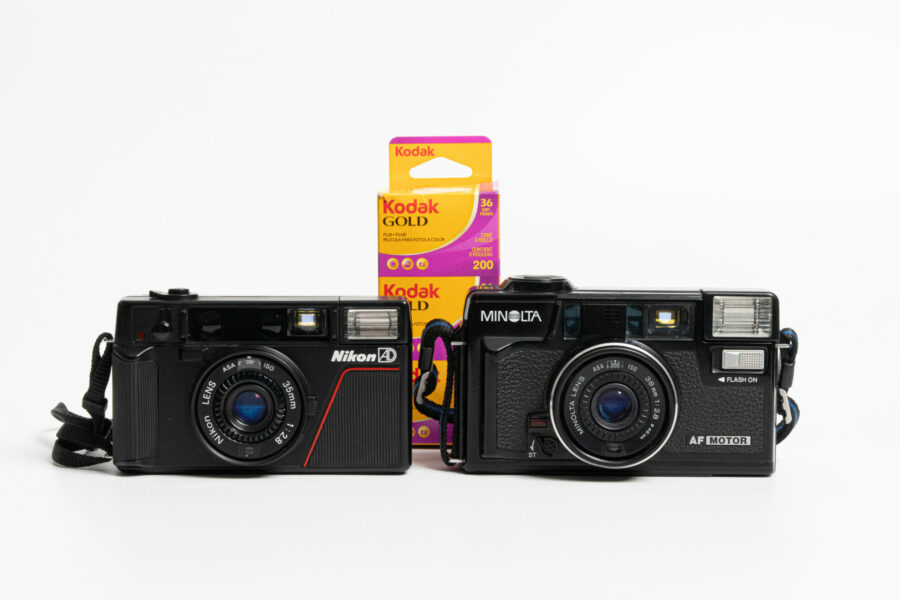
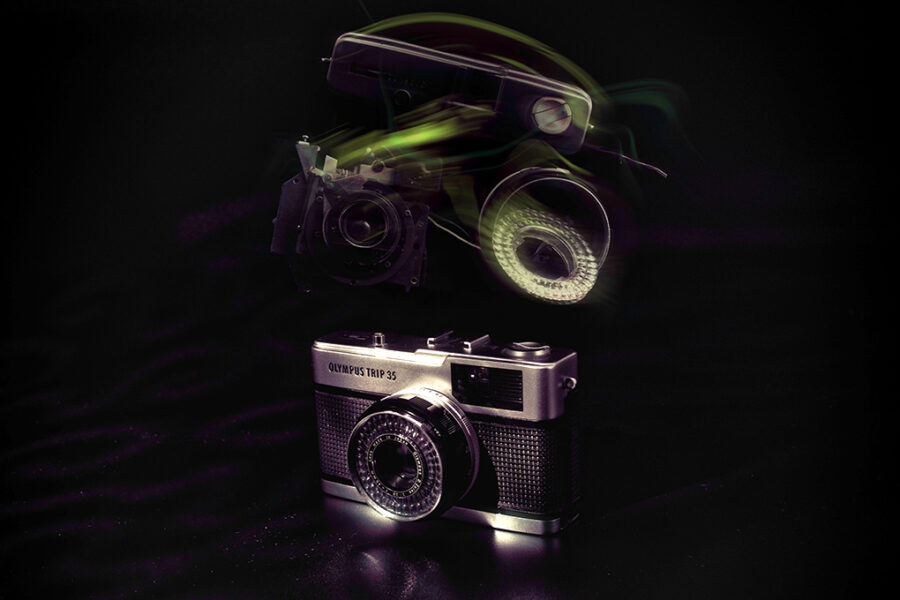
Leave a Comment